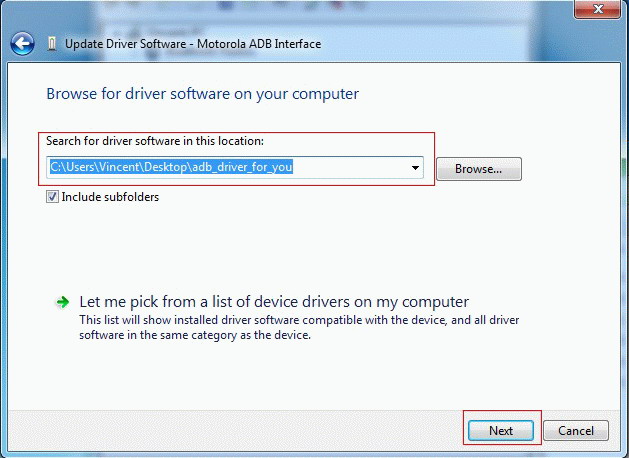
Golden Ears Audio Ear Training Program
Golden Ears Audio Ear Training Program Can anyone speak to the effectiveness of this program? I am considering it to increase my limited technical knowledge. I would appreciate any input. Tom Carmantom, Aug 13, 2005 #1. Grant A Musical Free-Spirit. Location: Arizona.
Yes, we are a headphone store, but we believe a review shouldn't be called a review if it's primary purpose is to sell a product.We want to publish the most well-written, balanced and informative reviews in the industry and our goal is to provide you with the information you need to experience the best possible sound. Even if you end up buying from somewhere else.So, Headphones.com doesn’t write reviews. The reviews on our site come from. Our reviews are sent straight from community members to an independent editor to avoid bias.All reviews are sent directly to the editor and posted on Headphones.com without editorial input from Headphones.com staff. As a result, you will see negative reviews of products we sell and positive reviews of products we don't.Sincerely,Taron & Andrew Lissimore.
“All of life is a dispute over taste and tasting.” - Friedrich NietzscheThe raging debate over objective (everything is measurable) versus subjective (only the listening experience counts) theories of audio evaluation will, no doubt, rage on. Zimsec a level past exam papers download for mac. The rational among us will carefully choose bits of wisdom from both sides as we develop our ability to critically evaluate audio gear, and then hopefully learn the the most important lesson of all: when the evaluating is done, just relax and enjoy the music.In this post I'd like to provide you with a simple tool to help you get some objective ear training.First, let me admit that though I like to measure stuff, I do believe there is a significant limit to what the measurements will tell you. Measurements can tell you if one headphone has more bass or treble than another, for example, but they can't really tell you much about how lush, or airy a particular headphone sounds. There is really only one way to know what something sounds like, and that is to listen to it. Critical listening is a skill, however, and your listening skills can be improved with practice to become a bit more grounded and objective.My favorite way to quickly get a read on the character of a pair of headphones is to listen to pink noise.
Pink noise is a type of noise know also as 1/f noise. It has equal amounts of energy in each octave. When you listen to pink noise it should be a very smooth sounding wash of noise. No particular frequency or range of frequencies should be more noticeable than any other; nor should there be any apparent gaps or missing frequency ranges. If you do hear one range of frequencies more strongly than another it means that somewhere in the reproduction chain some frequencies are being emphasized, and since electronics will only modify the noise slightly any anomalies that you are able to easily hear are most likely from the speakers or headphones.
It's also worth noting that it is much easier to hear frequencies that are being emphasized than it is to hear frequencies that are de-emphasized or missing.The biggest difficulty when training yourself to listen for errors in pink noise is that no audio system is perfect, and therefore any system you listen to with pink noise will have some errors. Fortunately, with enough experience, you will easily be able to imagine what perfect pink noise would sound like even if you’ve never heard it, and will be able to hear any frequencies altered.To help you improve your critical listening skills, I've created a set of pink noise tracks that you can burn to a cd. (You can download a.) The first two tracks are straight pink noise without any modification. The remaining tracks all have modifications to the equalization of the noise that you should be able to hear fairly easily. After you've been through the disc a few times, put your cd player on random play and then try to identify the tracks by ear. I think you will be surprised at how quickly you will be able to identify the artifacts in eq, and at how much better you will be able to identify the sonic characteristics of gear you are evaluating by using the long pink noise in track one in your evaluations.Here are some examples of tracks from the disc.
I have an amazing friend with extensive electronics design experience (84 YO, by the way) and he agreed to take a look at Jerry's dead Baldwin. Or, look at craigslists and Ebay for a used Kawai CN91, the one with the 'spruce sound board' speaker system. 
Please note, the sample tracks here are 320kbs mp3 files and are compressed, they may therefore have some artifacts that make it slightly more difficult to hear the artifacts that are being highlighted. The files on the download that you can burn to a CD are wav files and are not compressed and should demonstrate the artifacts somewhat more clearly:Sample Tracks(Click the image to hear track.)caption id='attachment696' align='alignnone' width='300' caption='Pink Noise Flat, no EQ.' /captioncaption id='attachment697' align='alignnone' width='300' caption='Pink Noise with the high frequencies boosted.' /captioncaption id='attachment698' align='alignnone' width='300' caption='Pink Noise with the lows boosted.' /captioncaption id='attachment699' align='alignnone' width='300' caption='Pink Noise with a boost in the mids.' /captioncaption id='attachment700' align='alignnone' width='300' caption='Pink Noise with a cut (or notch) in the mids.'
/captionOkie dokie! If you are still interested in some ear training, just download the. CAUTION: This is a BIG! 11GB.zip file that includes all 26 tracks as.wav files, and includes the track list as a Word document.